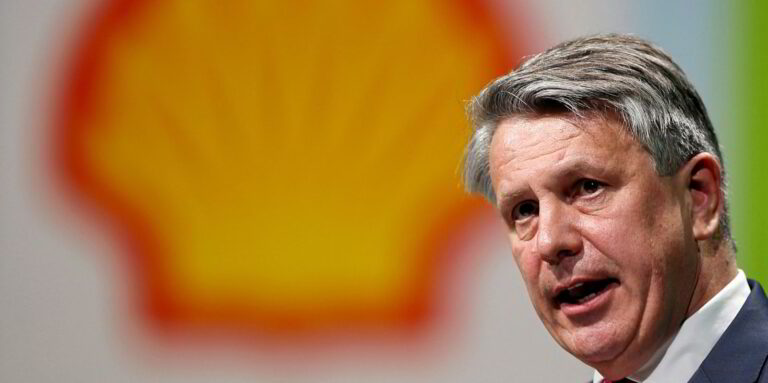North Field expansion to see world’s ‘most responsibly produced LNG,’ says Shell CEO

The North Field expansion that will include carbon capture and storage is expected to see the “most responsibly produced LNG” in the world, noted Shell CEO Ben van Beurden.
Speaking in Doha Tuesday, van Beurden said, “This expansion is good news for Qatar… for the world… and for Shell.
“Because this responsibly produced gas is consistent with Qatar’s energy sustainability strategy, and also for Shell’s strategy to become a net zero emission energy business by 2050.”
He said “natural gas plays a role an important role in world wide transition to net zero emissions energy system.”
“If we switch from coal to gas for production of iron or steel, that can result in a reduction of CO2 equivalent, saving 38%. And that is very significant.”
van Beurden said, “I thank His Highness for taking the decision to end the moratorium of the development of NF in 2017. It was a crucial step forward towards realising Qatar’s National Vision for 2030.”
“I am honoured that Shell has been selected by QatarEnergy as a partner in the NFE project. Through its pioneering integration with carbon capture and storage, this landmark project will help provide LNG the world urgently needs at a lower carbon footprint. This agreement deepens our strategic partnership with QatarEnergy which includes multiple international partnerships such as the world-class Pearl GTL asset.”
“We are committed to maximise the value of the LNG expansion for the State of Qatar and continue to be a trusted, reliable and long-term partner in Qatar’s continued progress,” van Beurden noted.
QatarEnergy Tuesday announced the selection of Shell as partner in the North Field East (NFE) expansion project, the single largest project in the history of the LNG industry.
The partnership agreement was signed at a ceremony in QatarEnergy’s headquarters by HE the Minister of State for Energy Affairs Saad Sherida al-Kaabi, also the President and CEO of QatarEnergy, and Ben van Beurden, in the presence of senior executives from both companies.
Pursuant to the agreement, QatarEnergy and Shell will become partners in a new joint venture company (JV), in which QatarEnergy will hold a 75% interest while Shell will hold the remaining 25% interest.
In turn, the JV will own 25% of the entire NFE project, which includes 4 mega LNG trains with a combined nameplate LNG capacity of 32mn tonnes per year.







